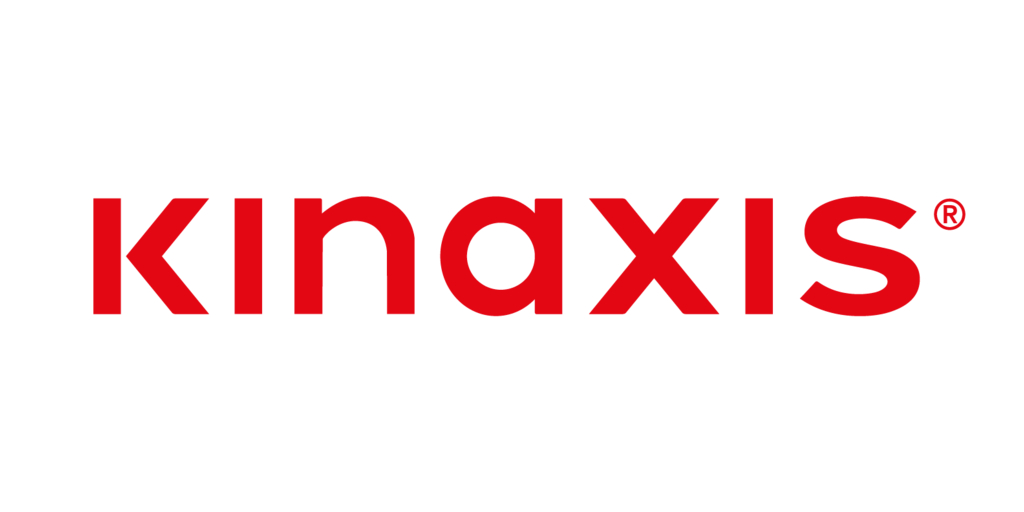Allow me to explain why we have not seen a recession yet despite the collapse in base money supply. We are witnessing the stealth nationalization of the economy. What does this mean?
The entire burden of the monetary collapse and rate hikes is falling on the shoulders of families and small businesses, while large corporations and governments are virtually unaffected.
Thus, when an agent like the state, which weighs 40 to 60 percent of GDP in most economies, continues to consume wealth and spend, gross domestic product does not show a recession even though consumption and private investment in real terms is declining. Bloated government spending is disguising a private sector recession and the decline in real disposable income, real wages, and margins of SMEs (small and medium enterprises). Furthermore, the accidental and exogenous factor of widespread weaker commodities is boosting the external contribution of gross domestic product.
These are the main reasons why we are living in the middle of a recession and the destruction of private wealth and wages, but the official data does not reflect it. As government weight in the economy rises faster, technical recessions may not appear in the official data, but citizens suffer it, nevertheless. The reader may think that this is good news because the spending of governments goes straight to the citizens via social spending. However, there is nothing that the state provides that it does not take away from the private sector now or in the future -deficit spending now means higher taxes and lower real wages afterward. Therefore, the flip side of “no official recession yet” is “more public debt now and after”.
The rapid decline in global money supply is staggering, at -3,4% at the end of the first quarter according to Longview. Meanwhile, in the United States, the money supply is also contracting at the fastest pace since the great recession. Consider that, in the same period, government indebtedness at a global level is up 3% and United States borrowing has also risen faster than real GDP, according to the IIF. And those deficits are financed even if the cost is higher. Governments do not care about rising borrowing costs, because you pay for it.
This all basically means a drain of liquidity for the private sector will continue for a prolonged period. Central banks scratch their heads, wondering why inflation remains persistent despite the complete reversal of the supply chain disruptions and the roundtrip of the international prices of commodities, so they keep hiking rates which have a direct negative impact on families and SMEs. Large corporations have no significant problem with higher rates, as they can access credit without any problem, finance themselves at better rates than many sovereigns, and most are swimming in cash after years of prudent balance sheet management. Some may go bust, but this is not a monetary tightening that will affect the mega caps in most cases.
So why does inflation, especially core CPI, not react faster to rate hikes? Because the largest economic agent in the economy does not care and is not reducing its imbalances. Bloated governments are consuming even more units of newly created money and that is why aggregate prices fail to reflect the price contraction of external factors like freight or energy. Furthermore, as we have seen in the gross domestic product figures of many European nations, the rents components of GDP show a massive increase in the tax rents side, while gross added value of businesses and the gross wage component remains below pre-pandemic levels. Congratulations, you wanted socialism, this is socialism: Lower real wages, lower real disposable income, and lower real savings.
With the current slump in money supply, inflation should be half what it is now, and this is even considering the tweaks in the official calculation of CPI. However, money velocity is not declining because state consumption of newly created currency units is rising despite poor real private consumption and investment. If we think of the quantitative theory of money, this may be the first private-only recession because money supply declines and money velocity growth coming from the public sector offsets it.
I am writing this column from Argentina, which is suffering a 108 percent inflation. The problem when government spending ignores any monetary tightening is that the second leg up of inflation comes from even higher state subsidies using new units of currency, and the downward spiral may start and become impossible to stop. As the interest rate and credit access of the backbone of the economy, households, and SMEs, gets worse and dries up, governments step in to solve a problem they caused by creating even more entitlement and subsidy expenditures with constantly depreciated units of currency. Of course, the U.S. and developed economies are still far from the insanity of Argentina’s 1,670 percent increase in base money (M2) in the past ten years but remember that “once you pop you cannot stop”.
The money supply slump and rate hike path so far are destroying the backbone of the economy, families, and small businesses. Normalization of monetary policy without normalization of government spending and deficits is the recipe for stagnation.
Originally published at dlacalle.com
Courtesy of Mises.org
*********




